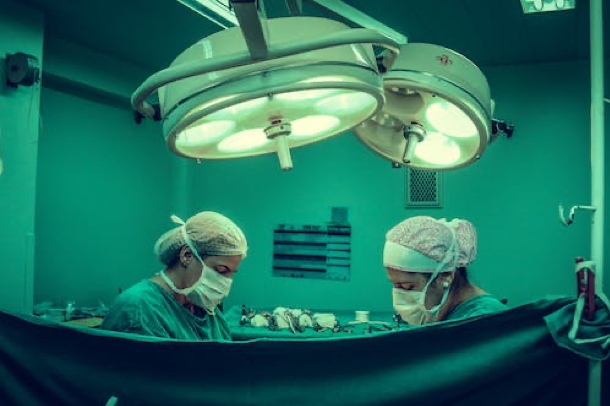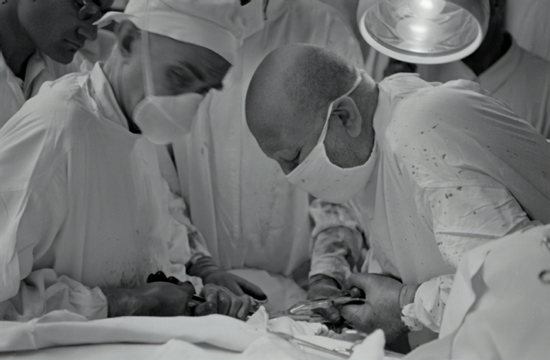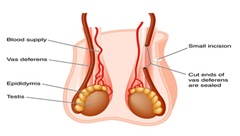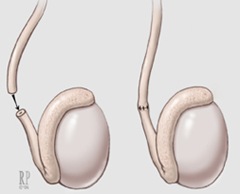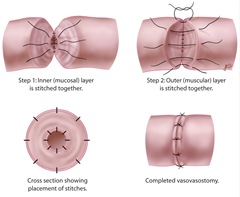Have you asked yourself, “should I reverse my vasectomy?” A vasectomy reversal refers to undoing a previously done vasectomy. Vasectomies act as a birth control measure to prevent the risk of unwanted pregnancies. However, it permanently blocks off sperm flow towards the penis, making it difficult for your partner to get pregnant. However, this doesn’t mean that a man has to remain sterile for the rest of his life. The procedure can be reversed through another procedure called vasectomy reversal. After a vasectomy reversal, the sperm reenters the seminal fluid that the patient released upon ejaculating.
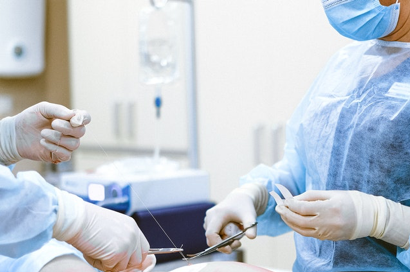
(Source)
The short procedure makes it possible for you and your partner to get pregnant. For your information, getting your partner pregnant will depend on the success rate of the vasectomy reversal that you underwent. For instance, the success rate for vasectomy reversals varies significantly and can be anywhere between 30% – 90%. Furthermore, you must consider several factors before opting for the expensive procedure.
Potential Procedural Risks
Nearly all vasectomies can be reversed, but the success rate can’t be ignored. It’s one of the most crucial factors to a vasectomy reversal. While reversal is possible, no expert can guarantee that you will have success in conceiving a child. The longer you spend time with a vasectomy, the fewer your chances get of conceiving a child with your partner or spouse. However, you must know that the success rate remains high for the first couple of years regardless of your decision to conceive a child or not.
Since we’re talking about the medical procedure related to vasectomy reversal, it’s worth mentioning that there can be several side effects. The side effects are more like risk factors that could emerge post-procedure leading to discomfort and painful symptoms. Here are some of those:
· Scrotum Internal Bleeding
Hematoma can occur inside the scrotum if one or several wrong incisions are made or perhaps when the incisions aren’t closed properly. The collection of blood can cause painful swelling within the scrotum. However, you must realize that such instances usually occur when patients don’t take good care of their surgical site, i.e., scrotum.
· Chronic Pain
Although it’s common to experience pain after a vasectomy reversal procedure, persistent pain is quite uncommon.
· Surgical Site Infection
An infection where the skin has been slit open isn’t uncommon. However, all expert urologists and surgeons give proper advice along with adequate medication to prevent infections in the body.
Micro Surgery for Vasectomy Reversal: The Procedure
Vasectomy reversals target the vas deferens near men’s pelvic area. Vas deferens is the nerve that enables sperm flow towards the penis region for ejaculation. During a vasectomy, the surgeon uses fine tools and equipment to tie off the vas deferens and stop sperm from reaching the penis.
However, during the reversal procedure, the surgeon analyzes the condition of the vas deferens and rejoins the tied ends to enable sperm flow for healthy and fertile ejaculation.
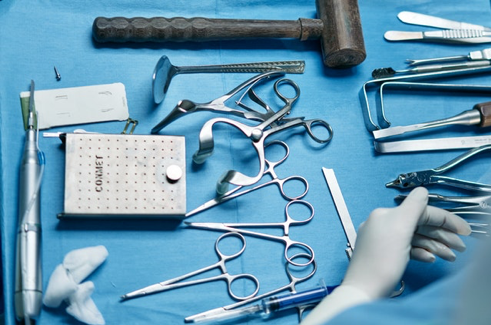
(Source)
The use of microsurgical tools is quite important because vas deferens isn’t easily noticeable through minor incisions. But, you shouldn’t be too worried about any discomfort because surgeons usually provide anesthesia to numb the site of the incision. The surgeons commonly use one of the two methods below to reattach the vas deferens.
Vasoepididymostomy
In this surgical procedure, the surgeon re-attaches the vas deferens for a sperm-containing ejaculate. However, the vas deferens is attached directly to the sperm-producing organs’ tissues, i.e., testicles. This is a less commonly sought-after and performed surgery compared to the alternative.
The surgeon responsible for carrying out your vasectomy reversal will first analyze the fluid content from your vas deferens to see whether it contains sperms or not. If they fail to find an adequate number of sperm cells, vasoepididymostomy is chosen as an effective medical solution.
Vasovasostomy
This procedure is relatively simpler than vasoepididymostomy. It involves the use of fine surgical tools to re-attach the severed/tied ends of the tube that carries sperms to the penis, i.e., vas deferens.
Post Procedure Checking
Once the procedure is complete, your surgeon will require a semen sample from you to examine under a fine microscope. Under the microscope, the surgeon will check the fluid for semen content. Based on the surgeon’s experience and knowledge, if the fluid passes certain thresholds, the operation will be considered a success.
The surgeon will advise that you continue showing up for scheduled semen analysis until they can confirm that your vasectomy reversal was a success. Of course, if you get your partner pregnant after the operation, regular semen analysis won’t be necessary to confirm that the operation was successful.
Should I Reverse My Vasectomy: Conclusion
At Vasectomy Reversal NYC, we help all our patients according to their needs. Dr. Yaniv Larish is among the top urologists in NYC. He has excellent surgical skills honed through years of practice under reputable professionals. If you need a vasectomy reversal, you should consult with Dr. Larish.
You can discuss the possible complications, outcomes, and eligibility criteria with Dr. Larish. It’s important that you discuss freely, and that’s why our doctor carries a compassionate attitude. Call us at (646) 862-5500 to set an appointment today!





